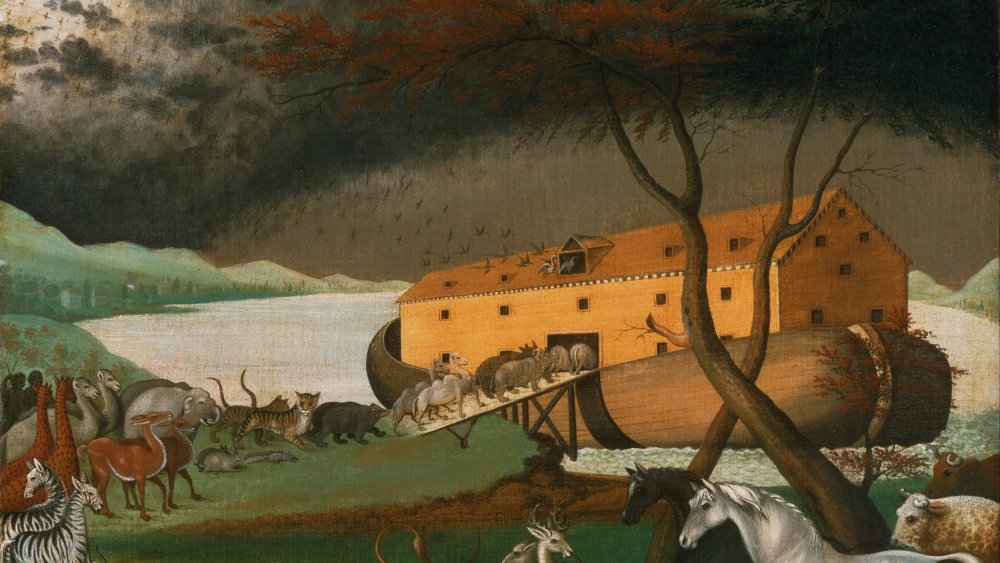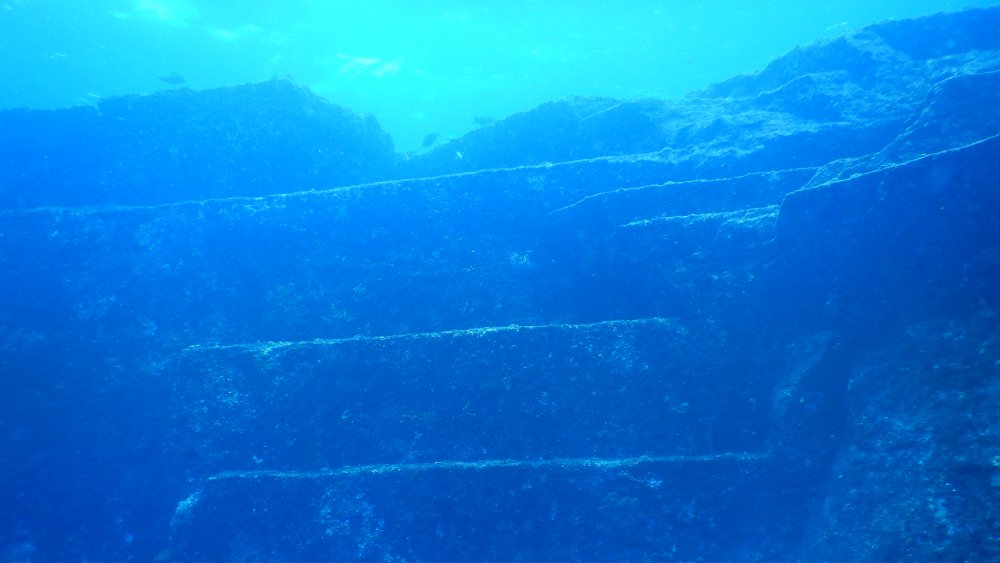The Biblical Great Flood Might Actually Have Happened. Here's Why
The tale of Noah, and the great flood that washed over the Earth, is one of the more well-known biblical stories. Appearing in Genesis, the story is familiar enough to anyone who grew up going to Sunday school: Earth becomes a "wicked" place, God wants it destroyed, he appoints Noah as the caretaker of the animals (dinosaurs not included), and after 40 days and 40 nights, Noah's boat washes up on Mount Ararat (modern day Turkey), as the flood water recedes and life began anew.
The same story appears in the Quran, as well, in a number of suras, as described by Simerg.
For historians, academics, and scholars of comparative religion, however, this tale of Noah and the flood is but one iteration of a much older, cross-cultural story that in fact has over 200 versions worldwide, as stated in Ark Encounter. In the Babylonian Epic of Atrahasis, recorded somewhere from 1647-1626 BCE, there's even some fun stuff about Lesser Gods becoming tired of terraforming primordial Earth, and the gods engineering humans as substitute slaves: basically, humans become a nuisance, and the god Enlil wants to destroy them. His brother, Enki, though, wants them preserved, and betrays Enlil to a man named Atrahasis, telling him to build a ship to save himself, as recounting by Livius. And so, the role of Yahweh is fulfilled by two different entities in this version. Both stories even depict the hero sending a bird to scout for land.
If stones could speak
Myth is almost always rooted in legend, and traced back to some real, historical event. The flood myth appears in Aztec, Greek, Chinese, Buddhist, Hindu, Norse, Aboriginal, Hawaiian, Egyptian, and countless tribal tales, as PBS states, so it stands to reason that there should be real geological and archaeological evidence to support the existence of such a global disaster. Enter: the end of the last Ice Age.
The Ice Age ended approximately 11,700 years ago, and occurred during the Pleistocene Epoch, according to LiveScience, which started 2.7 million years ago and encompasses the era within which modern humans evolved. How the Ice Age ended is unknown, but stone carvings from about 11,000 BC illustrate what appears to be a comet striking the earth, as reported by the Telegraph. This coincides with flood stories, which necessitate a sudden global catalyst that caused European glaciers to melt, sea levels to quickly rise, and existent human civilizations to be wiped out.
A host of ancient megalithic structures indicate that human civilization was alive and well around that time, building advanced structures long before when is commonly believed. The Yonaguni Monument off Japan, as explained by Ancient Origins, is a sunken, underwater set of man-made, stone structures from about the end of the Ice Age. Gobekli Tepe in Turkey, as Sci News writes, dates back to the same time. So, regardless of the religious aspects of Noah's tale, there is certainly evidence of an actual flood.

